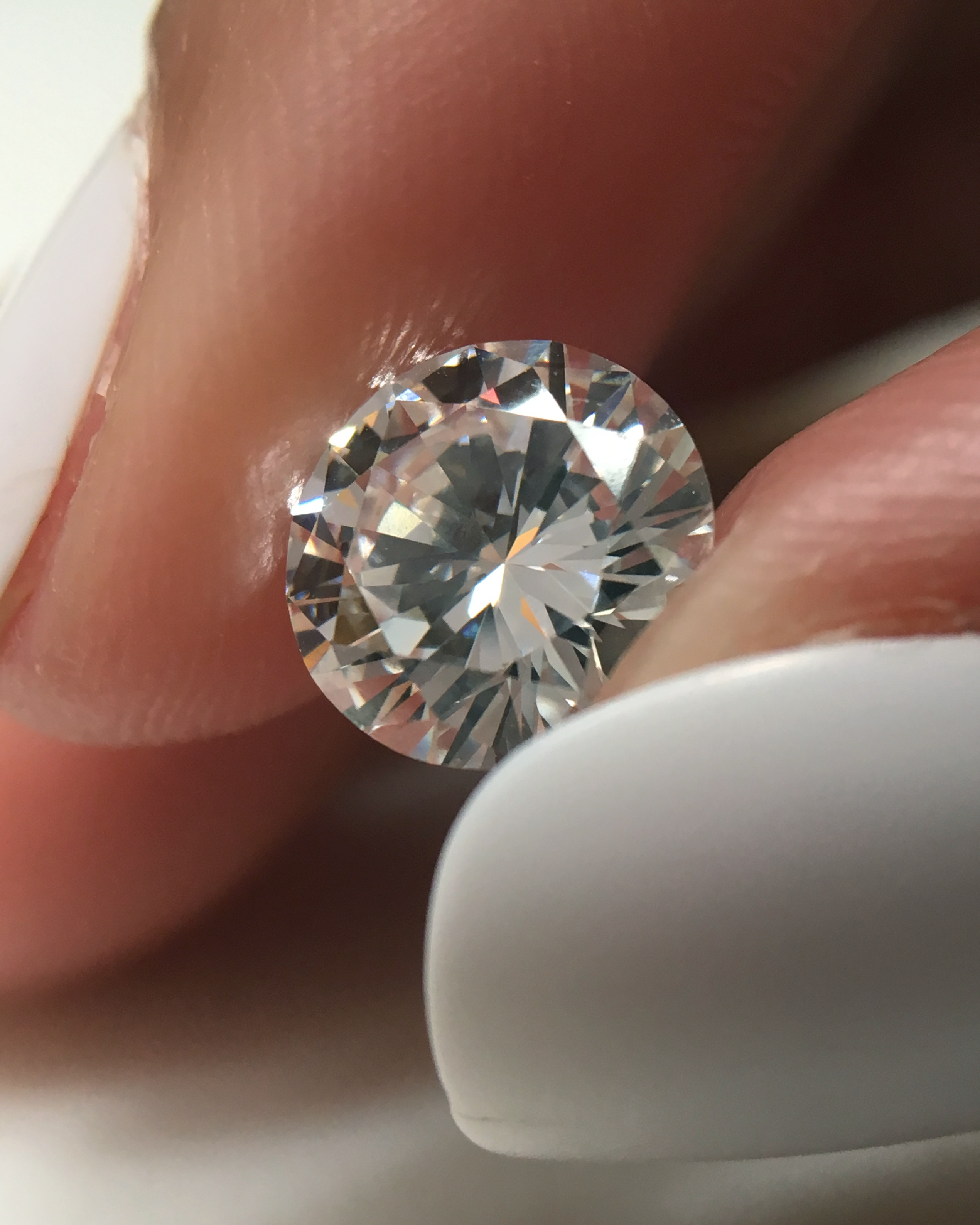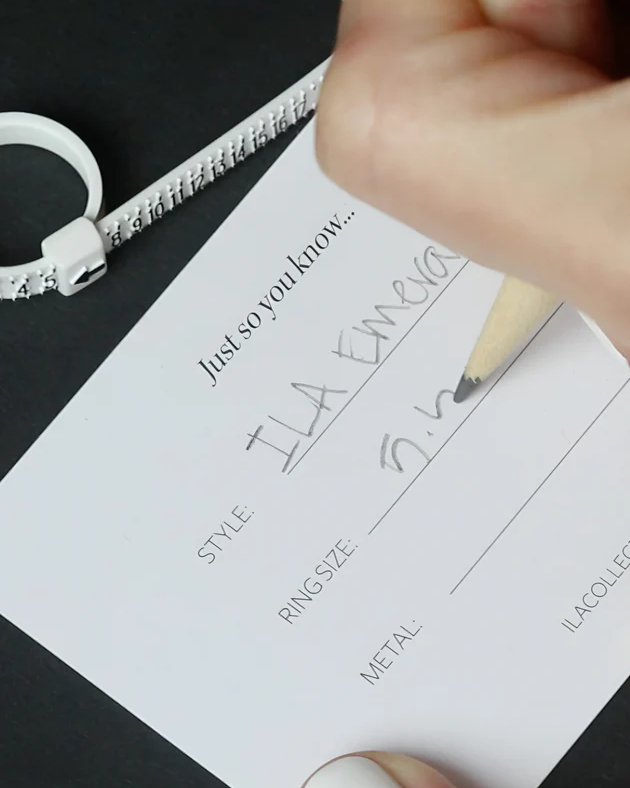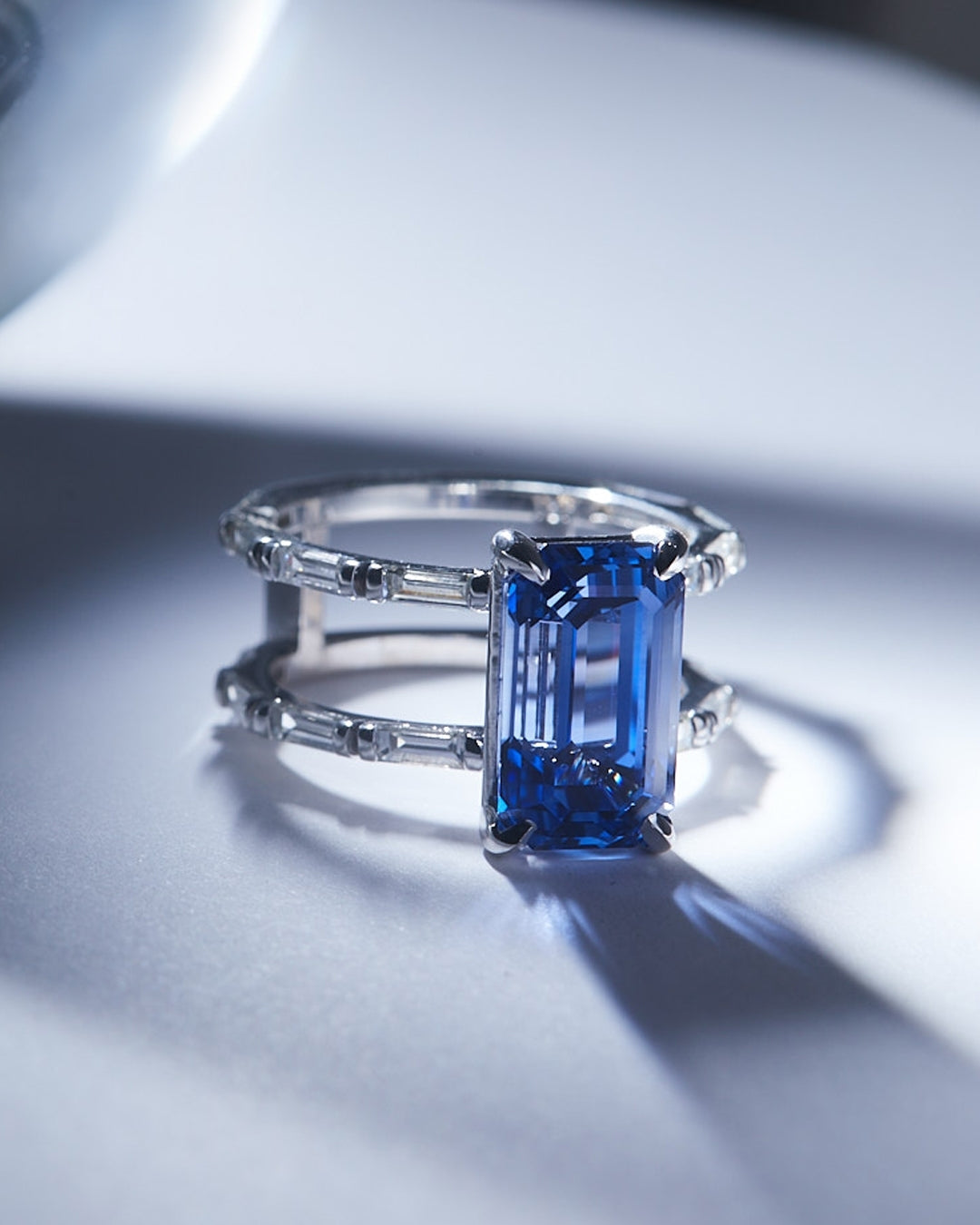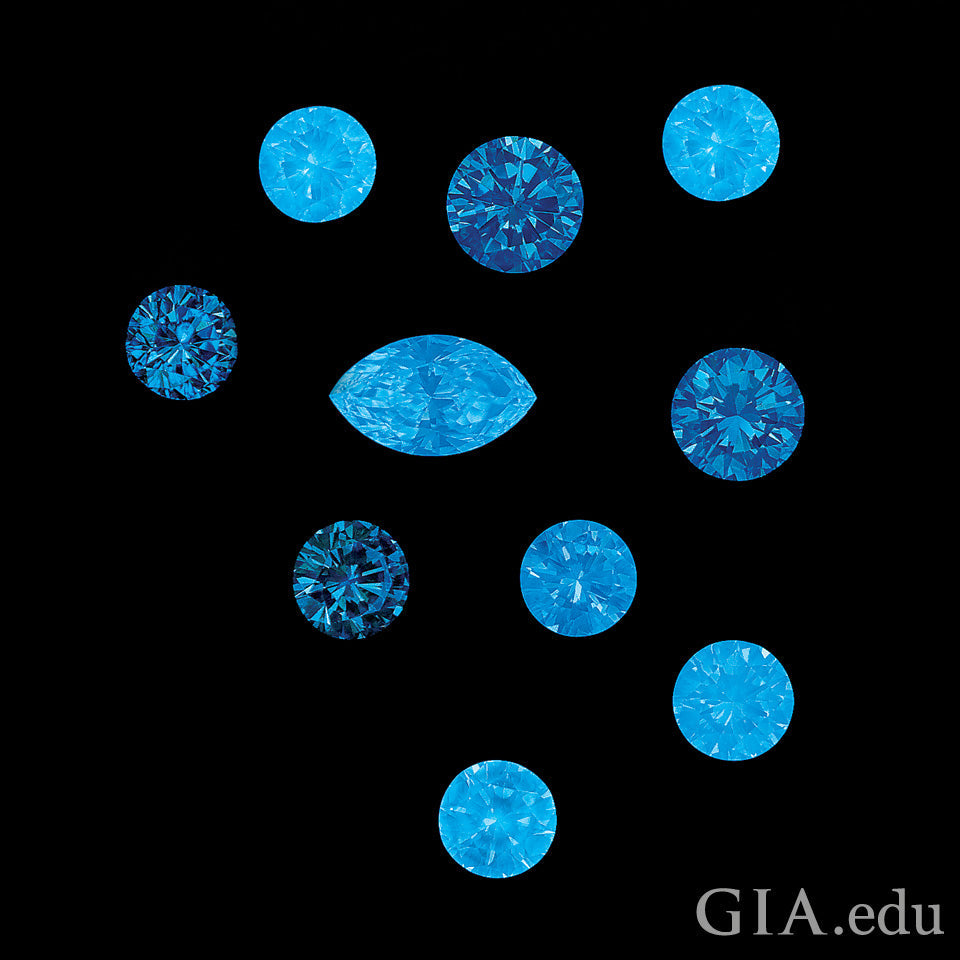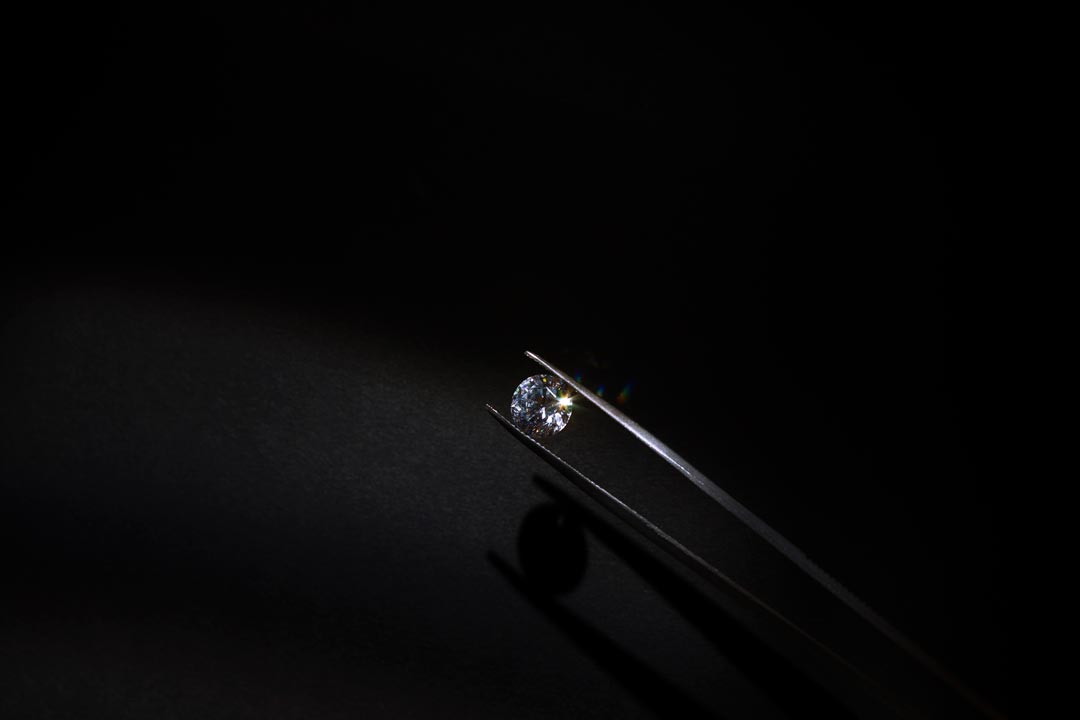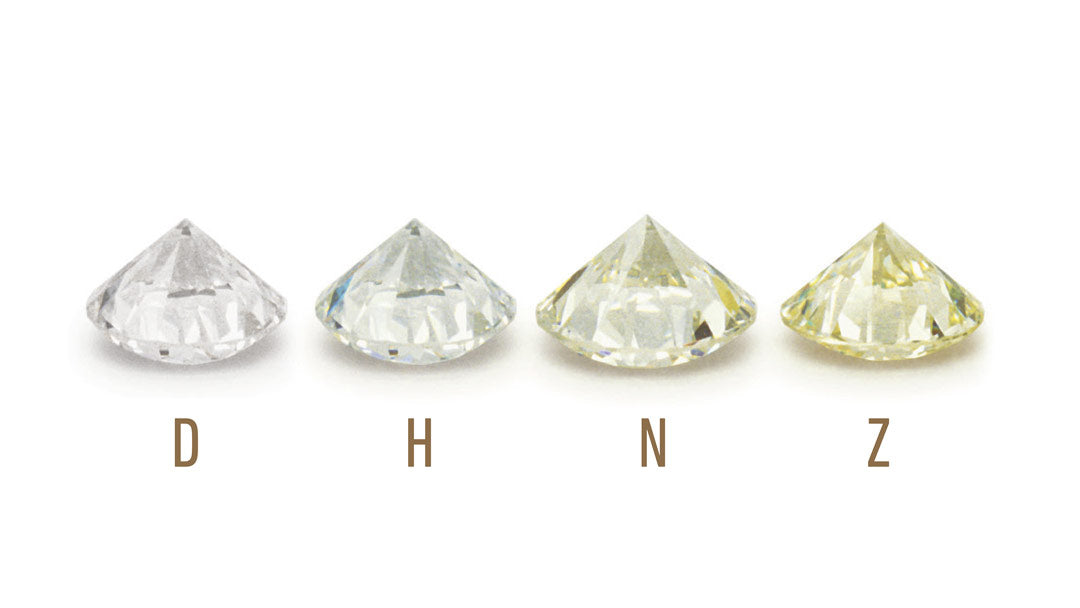
What is the best diamond color grade?
Color is one of the major components of the 4C's of a diamond. It is important to know the basics about diamond color grading before deciding which color grade to buy. Did you know that diamond color actually refers to an absence of color in white diamonds? And the scale on which these white diamonds are evaluated is divided into 23 shades! The color scale begins at D and ends at Z. D-E-F diamonds are considered ‘colorless’, G-H-I-J diamonds are ‘near colorless’, and K to Z diamonds have slight traces of color. Let’s see how these color grades affect beauty and value to help you select the perfect diamond color.

While buying diamonds, many people think diamonds in the colorless range (D, E, F) are the best-looking diamonds, but that is not the case most of the time. In gemological laboratories, diamond color is graded face down under controlled conditions, while you are going to check the diamond in your engagement ring face up without those conditions. Also, an untrained person cannot notice the minute differences between several color grades with the naked eye. Deciding how much to spend on diamond color grade partly depends on the cut and carat of the diamond, and the setting style you choose.
Complete absence of color in diamonds is rare. D-E-F diamonds make up less than 1% of the gem-quality diamonds. Therefore, they are the most expensive. They are usually set in platinum or white gold to avoid any color reflection from yellow or rose gold.
Near colorless diamonds, (G-H-I-J grades) offer the best value if you want to make the most of your budget. You can save money in color and spend more on an excellent cut which in turn gives more brilliance. G and H color grades come just after the colorless range, so they still appear colorless when viewed face up. If you want something similar to a D color diamond without the hefty premium, then a G-H color diamond is your answer. Most people cannot tell the difference between a D and a G color diamond.
I color diamonds begin to show a slight tinge of yellow or brown color. However, the color can be masked in an excellent cut diamond due to its brilliance . J displays a little more tinge than I. For both I and J colors, if your engagement ring is yellow or rose gold then the rich hues of the gold mask most of the color in the diamond from the eye. These colors are also a great choice if you are on a tight budget.
K-L-M diamonds come under the faint yellow or brown range. It means they have a slight yellow or brown tint visible to the naked eye. Diamonds in this range offer even better value for money than near colorless diamonds. Choosing a lower colored diamond can get you a significantly bigger diamond for less money. If you are purchasing a yellow or rose gold setting, the warm appearance of these diamonds will complement the tone of the metal. Finally, while buying a diamond, you also need to remember that larger diamonds appear to have more color than smaller diamonds. So, you will notice color tint more easily in a 5-carat J color diamond than in a 1-carat J color diamond.
At the end of the day, you must decide which attributes matter more to you and attain the perfect balance of the 4C's. To help you with it, we’ve simplified the process of finding your perfect diamond. Every time you search for a diamond online at ILA, our AI runs in real-time to make sure we are only showing you the best options at the best prices. For the first time, you get to check and compare the prices of ethically mined diamonds alongside lab-grown diamonds.
Learn more about how our smart AI helps find you the perfect diamond.

